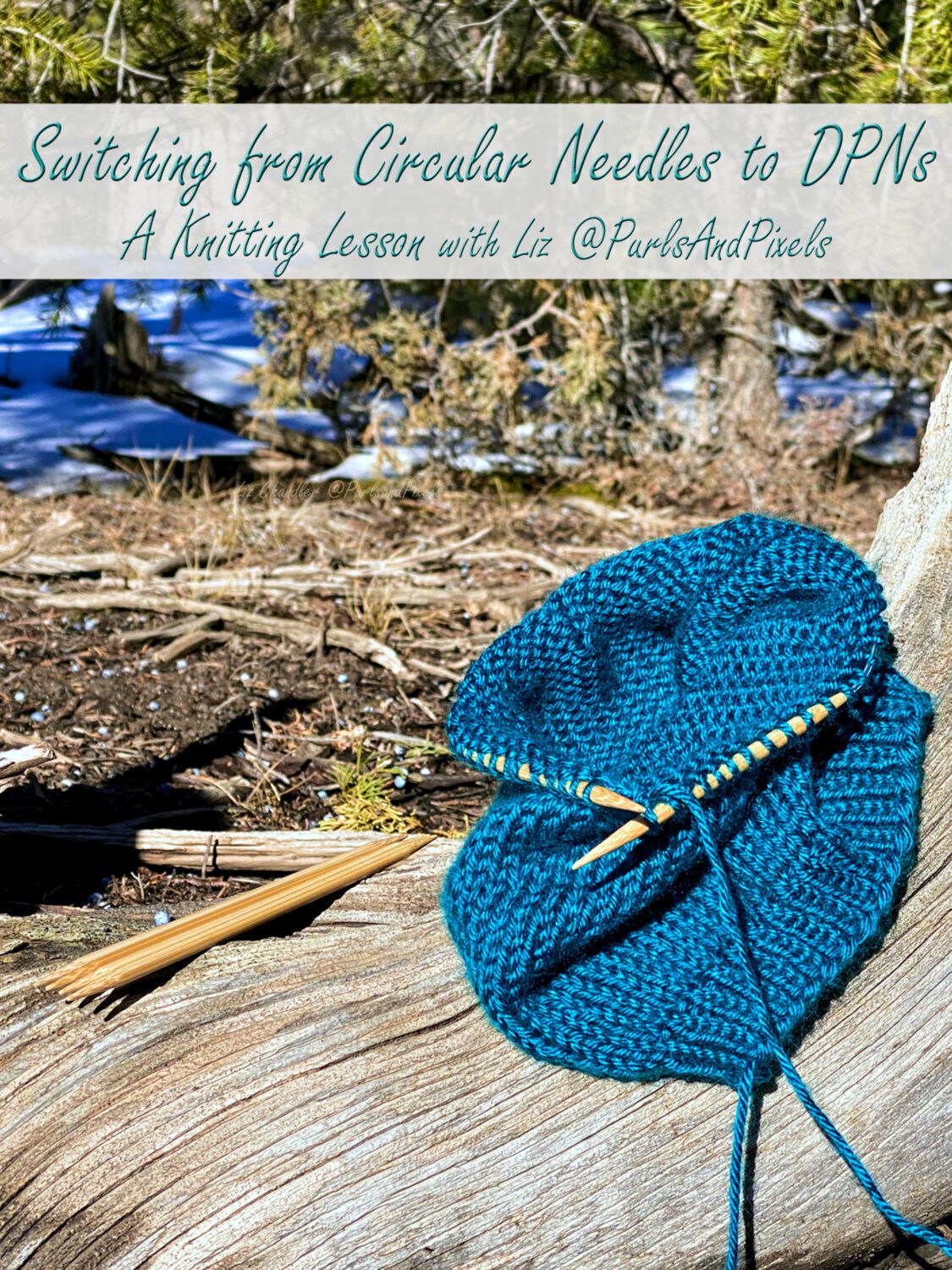When knitting a hat from the bottom, up, you will add decreases at the top. These decreases make your rows shorter, which allows you to round off and close the top of your hat. However, if you have been knitting…


When knitting a hat from the bottom, up, you will add decreases at the top. These decreases make your rows shorter, which allows you to round off and close the top of your hat. However, if you have been knitting…
You must be logged in to post a comment.